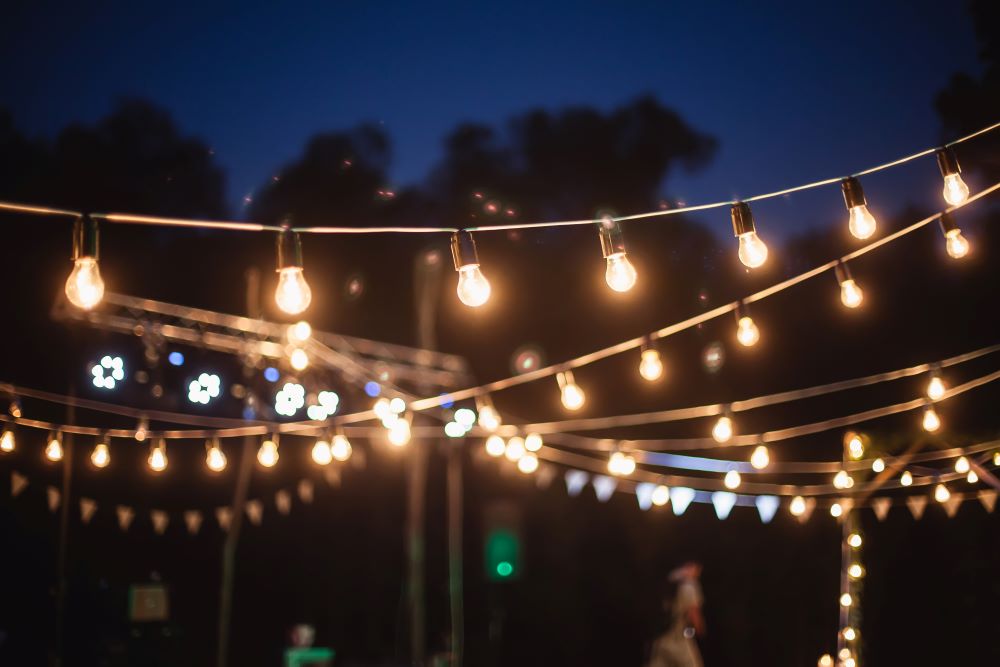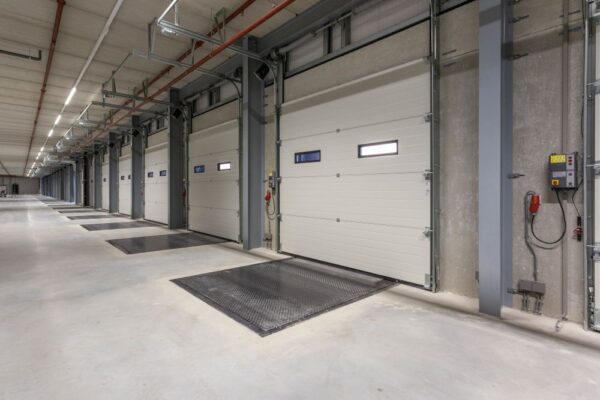Lighting Pollution with Outdoor Lights is defined as excessive, misdirected, or obtrusive artificial light that reduces our ability to see stars in the night sky, and that disrupts ecosystems, harms our general health, and wastes energy-production resources. Outdoor lights are the primary (and likely, only) source of light pollution. Companies are responding to calls to reduce light pollution with new outdoor light technology that incorporates LEDs in place of older high-intensity discharge (HID) outdoor lights.
That older HID technology typically paid little attention to where it shed the light it generated. While wasting a substantial portion of their energy input as excess heat, those HID outdoor light fixtures often directed as much light away from their targets as they did toward streets, pathways, and other surfaces that were intended to be illuminated. Maps of concentration centers across the globe clearly outlined many brightly-lit cities, and the artificial light in those cities obscured evening skies for all of their residents.
LED outdoor lights tackle the light pollution problem with improved directional fixtures, lenses, and globes that channel a majority of light downward toward the objects and surfaces that should be illuminated. Even with this downward direction, however, much light pollution is the result of scattered artificial light that reflects off of buildings and ground surfaces. This is particularly true for brighter and harsher outdoor lights that have higher color temperatures in the range of 6500 Kelvin. LEDs are solving this problem with warmer outdoor lights that still provide adequate outdoor illumination without creating a lighting backscatter.
Companies have also realized that environments with lower moisture content are more susceptible to light pollution because atmospheric moisture captures scattered light. Those drier environments call for outdoor lighting with maximum color temperatures of 3000 Kelvin and the lowest possible glare ratings.
Newer LED technologies have also reduced light pollution from outdoor lights with three-part LED lighting that focuses light rays in more parallel patterns. Parallel light rays shine directly onto surfaces at which they are aimed, rather than spreading across larger surface areas.
The energy savings from efforts to reduce light pollution are an important corollary benefit of these outdoor light improvements. Companies have found that by channeling outdoor lights with a tighter focus and reduced beam-spread patterns, they are using 40% to 60% less electrical energy and correspondingly reducing their electrical utility costs. LED outdoor lights are also more durable and have longer lifespans, thus reducing the need for expensive maintenance and repairs. These cost savings are more than adequate to offset the initial installation costs associated with LED outdoor lights.
As long as businesses and individuals demand some level of artificial outdoor lighting, the dilemma of light pollution will not go away. The best that can be accomplished is to address the problem and reduce it to the fullest extent possible, at all times maintaining a balance between human needs and environmental concerns. Few, if any people are pointing to LED lights as the ultimate solution to light pollution problems. The advantages of LED lights over other outdoor light technologies, however, will place LEDs at the head of the struggle to tackle this problem.








